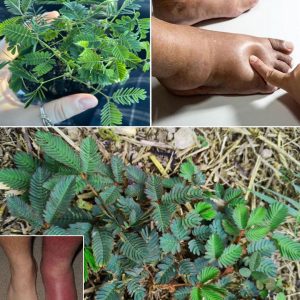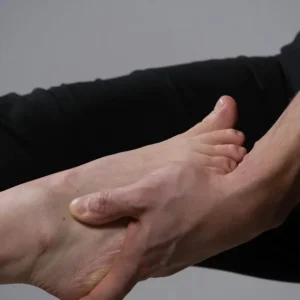
As we age, our muscles begin to lose volume and strength—a process known as sarcopenia. This decline doesn’t just affect mobility and independence; it also increases the risk of falls and other health problems.
What’s surprising is that in many cases, the main cause isn’t age itself, but rather a lack of key nutrients in daily meals. The good news? With the right foods, this condition can be prevented—and even reversed.
Essential Foods for Older Adults
A balanced diet is the first line of defense against muscle loss. Here are the foods that should always be included:
1. Lean proteins (chicken, fish, eggs, legumes)
Why they matter: They’re the building blocks of muscle tissue, providing essential amino acids that help repair and build muscle fibers.
2. Dairy (yogurt, cheese, low-fat milk)
Why they matter: Packed with calcium and high-quality protein, they strengthen both bones and muscles. They also provide vitamin D, which is crucial for calcium absorption.

3. Fresh fruits and vegetables
Why they matter: They deliver antioxidants, vitamins, and minerals that reduce inflammation and support muscle recovery. Potassium, found in bananas and spinach, also aids muscle contraction.
4. Nuts and seeds (almonds, walnuts, chia, flaxseed)
Why they matter: They provide healthy fats, protein, and magnesium—an essential mineral for proper muscle function.
5. Whole grains (oats, brown rice, quinoa)
Why they matter: They offer slow-release energy, preventing fatigue and keeping the body active for physical activity.
6. Water
Why it matters: Staying hydrated is critical. Dehydration directly impacts muscle strength and performance.
Why Do Muscles Fade With Age?
The loss of muscle mass as we grow older is a natural process called sarcopenia. It starts quietly but becomes noticeable after age 50. The main causes include:
Lower levels of anabolic hormones: With age, testosterone, estrogen, and growth hormone all decline, making it harder to build and maintain muscle.
Reduced protein synthesis: The body becomes less efficient at converting dietary protein into new muscle tissue, accelerating weakness.
Sedentary lifestyle: Lack of regular physical activity is one of the biggest drivers of muscle atrophy. Muscles that aren’t used gradually waste away.
Nutritional deficiencies: Diets low in protein, vitamins, and minerals worsen muscle loss. Many older adults also eat less due to reduced appetite, digestive issues, or difficulty chewing.
Chronic illnesses: Conditions like diabetes, kidney disease, or inflammatory disorders speed up muscle breakdown.
Oxidative stress: With age, free radicals increase in the body, damaging muscle fibers and slowing their recovery.

Practical Tips for Building Muscle in Later Life
Include protein at every meal: Don’t save it all for dinner. Distributing protein across breakfast, lunch, and dinner keeps a steady supply of amino acids available.
Do resistance training: Walking is healthy, but true muscle stimulation comes from strength-based exercises such as lifting light weights, using resistance bands, or bodyweight workouts.
Prioritize rest: Quality sleep allows muscles to repair and grow.
Combine nutrients: Vitamin C (from citrus fruits) helps absorb iron, while vitamin D boosts calcium’s effect on bone health.
Use supplements wisely: In some cases, doctors may recommend protein, vitamin D, or magnesium supplements—especially if diet alone isn’t enough to meet daily needs.




